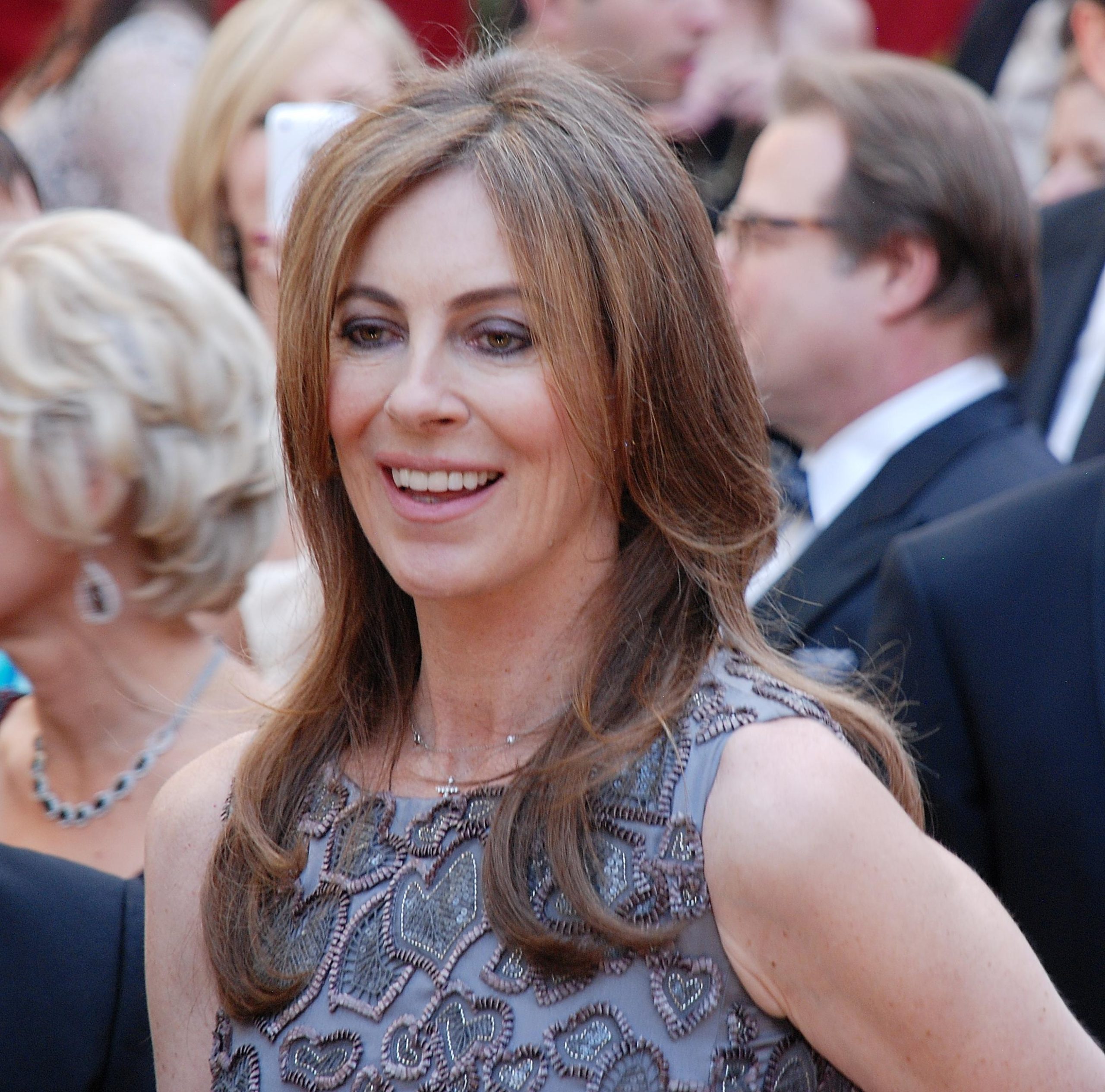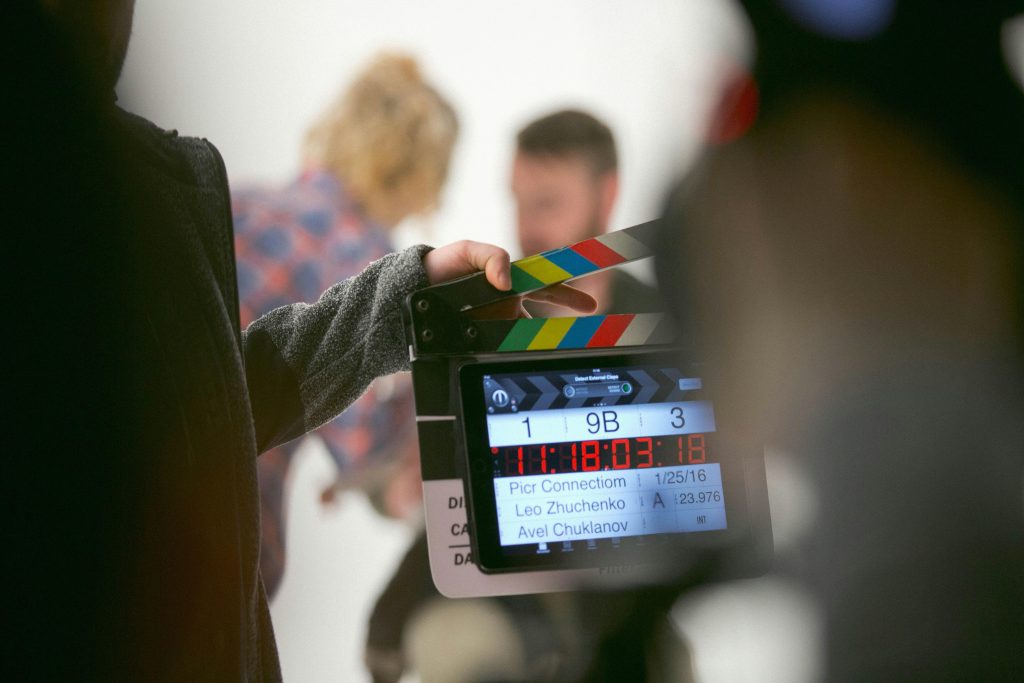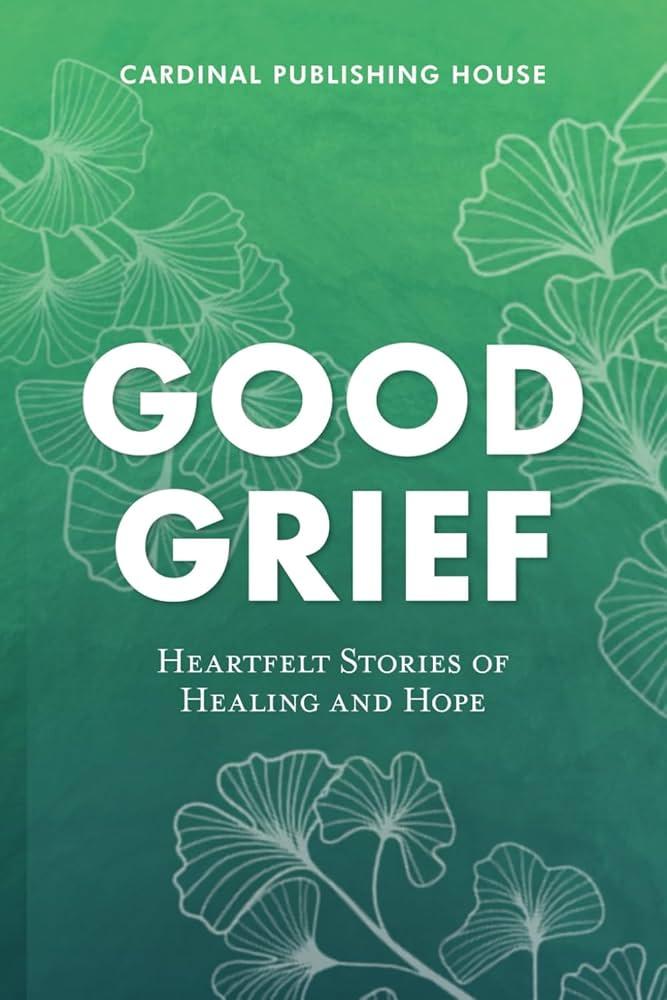In the realm of cinematic storytelling, few directors have navigated the tumultuous waters of war films with the audacity and precision of Kathryn Bigelow. Her works, often lauded for their visceral intensity and unflinching realism, have sparked fervent discussions among critics and audiences alike. Yet, as the dust settles on each explosive scene she crafts, a lingering question remains: Is Bigelow’s approach to depicting the chaos and complexity of war too controversial? This inquiry invites us to delve into the heart of her filmography, examining the fine line she treads between artistic expression and ethical responsibility. As we explore the layers of her narratives, we aim to uncover whether her provocative style is a necessary reflection of modern warfare or a contentious portrayal that challenges the boundaries of cinematic representation.
Exploring the Controversial Themes in Kathryn Bigelows War Films
Kathryn Bigelow’s war films often serve as a lens through which viewers are invited to grapple with complex moral and ethical dilemmas. These narratives are not just about the chaos and carnage of battle but delve deeply into the psychological toll on those who serve. Her works frequently challenge audiences to question the very nature of heroism and patriotism. Some of the recurring controversial themes include:
- Realism vs. Glorification: Bigelow’s commitment to realism can blur the lines between accurate representation and glorification of violence, leaving viewers to ponder whether her films critique or celebrate the horrors of war.
- Moral Ambiguity: Characters often navigate morally gray areas, forcing audiences to confront uncomfortable truths about warfare and the human condition.
- Impact of War on Mental Health: The psychological impact on soldiers is a central theme, raising questions about the long-term consequences of combat and the support systems in place for veterans.
By pushing the boundaries of traditional war narratives, Bigelow’s films provoke thought and dialogue, making them a fertile ground for both admiration and criticism.
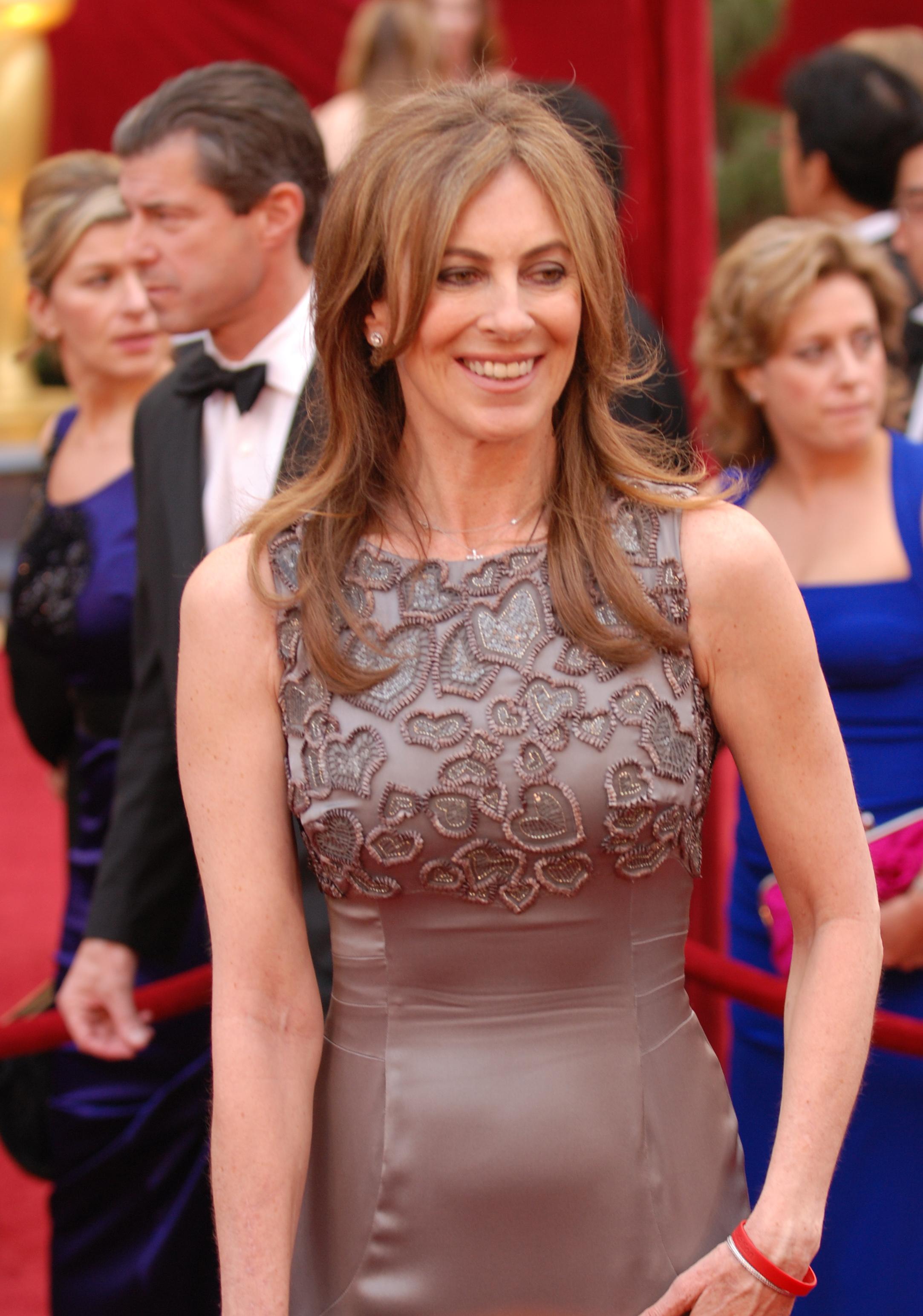
Analyzing the Impact of Realism in Bigelows Cinematic Techniques
Kathryn Bigelow’s war films are often lauded for their immersive realism, which is achieved through a combination of innovative techniques and a meticulous attention to detail. Realism in her cinematic style often blurs the lines between fiction and reality, leaving audiences to grapple with their own perceptions of war. This approach is characterized by several key elements:
- Authentic Set Design: Bigelow’s commitment to authenticity is evident in her choice of locations and set designs that replicate actual war zones, creating a visceral experience for viewers.
- Handheld Camera Work: The use of handheld cameras enhances the documentary-like feel, placing the audience in the midst of the action and conveying a sense of immediacy and chaos.
- Naturalistic Lighting: By using available light sources, Bigelow adds to the gritty realism of her films, often shunning the polished aesthetics typical of Hollywood productions.
- Unscripted Dialogue: Allowing actors to improvise dialogue can lead to more genuine interactions, further blurring the line between the characters’ experiences and real-life soldier narratives.
While these techniques are pivotal in creating a compelling narrative, they also invite controversy by challenging traditional storytelling norms. Critics argue that the stark realism can overshadow the ethical considerations of depicting war, potentially desensitizing audiences to the gravity of conflict. However, supporters claim that by eschewing sensationalism, Bigelow fosters a deeper understanding of the psychological and emotional landscapes of those entangled in warfare.
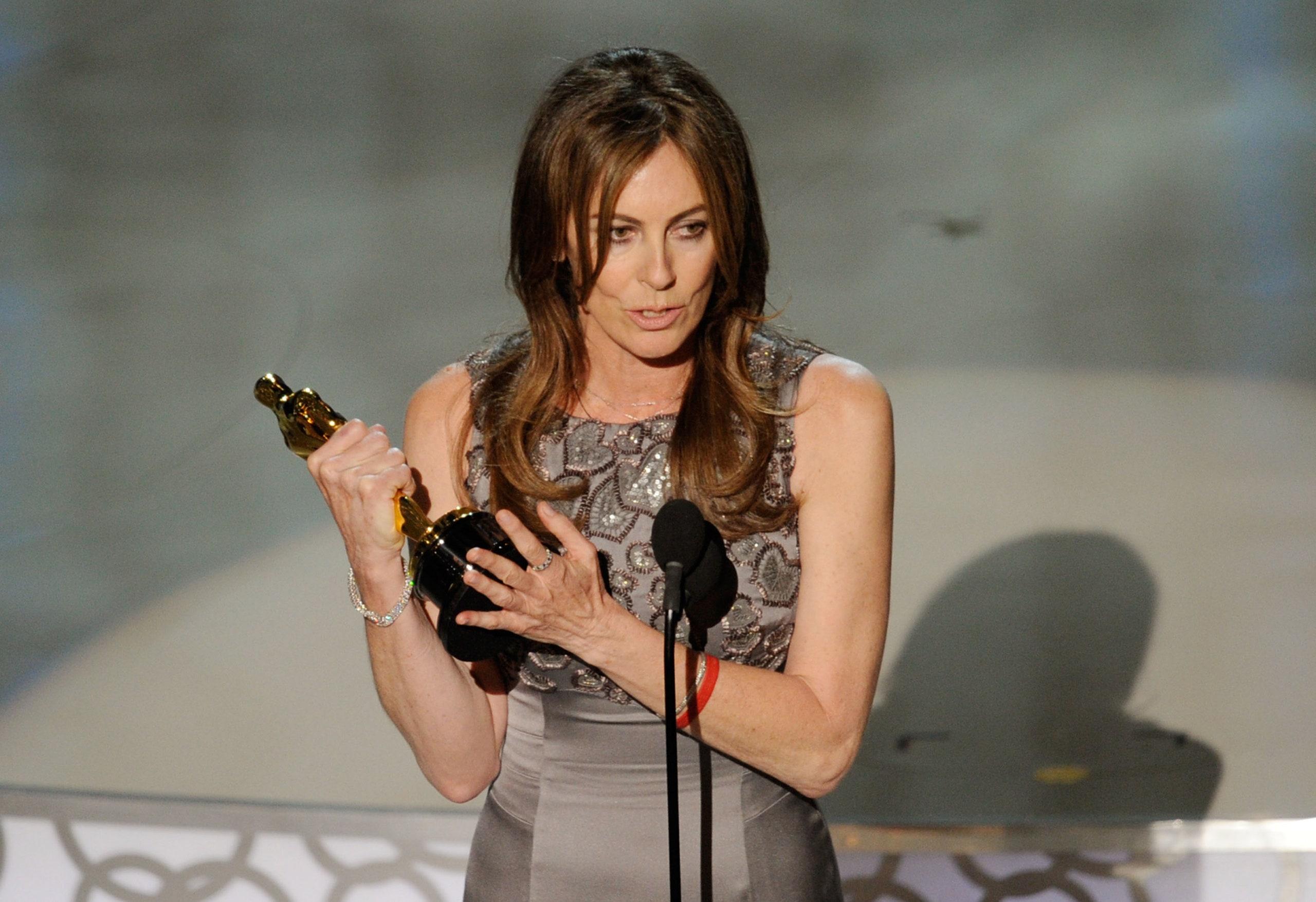
Balancing Art and Sensitivity in Depicting Warfare
- Authenticity vs. Sensationalism: Kathryn Bigelow’s films often walk a fine line between capturing the raw authenticity of war and veering into sensationalism. Her cinematic style is characterized by intense, visceral sequences that place viewers directly into the chaos of battle. This approach, while visually and emotionally compelling, raises questions about the responsibility filmmakers have to portray war with both accuracy and sensitivity. Critics argue that such intensity can desensitize audiences or oversimplify complex geopolitical issues.
- Human Stories Amidst Conflict: On the other hand, Bigelow’s focus on personal stories amidst the backdrop of warfare provides a platform for exploring the psychological and moral complexities faced by soldiers. Her films often highlight the human cost of conflict, emphasizing the emotional and ethical dilemmas that accompany life-and-death decisions. This nuanced portrayal can foster empathy and understanding, encouraging viewers to consider the profound impacts of war on individuals and communities.
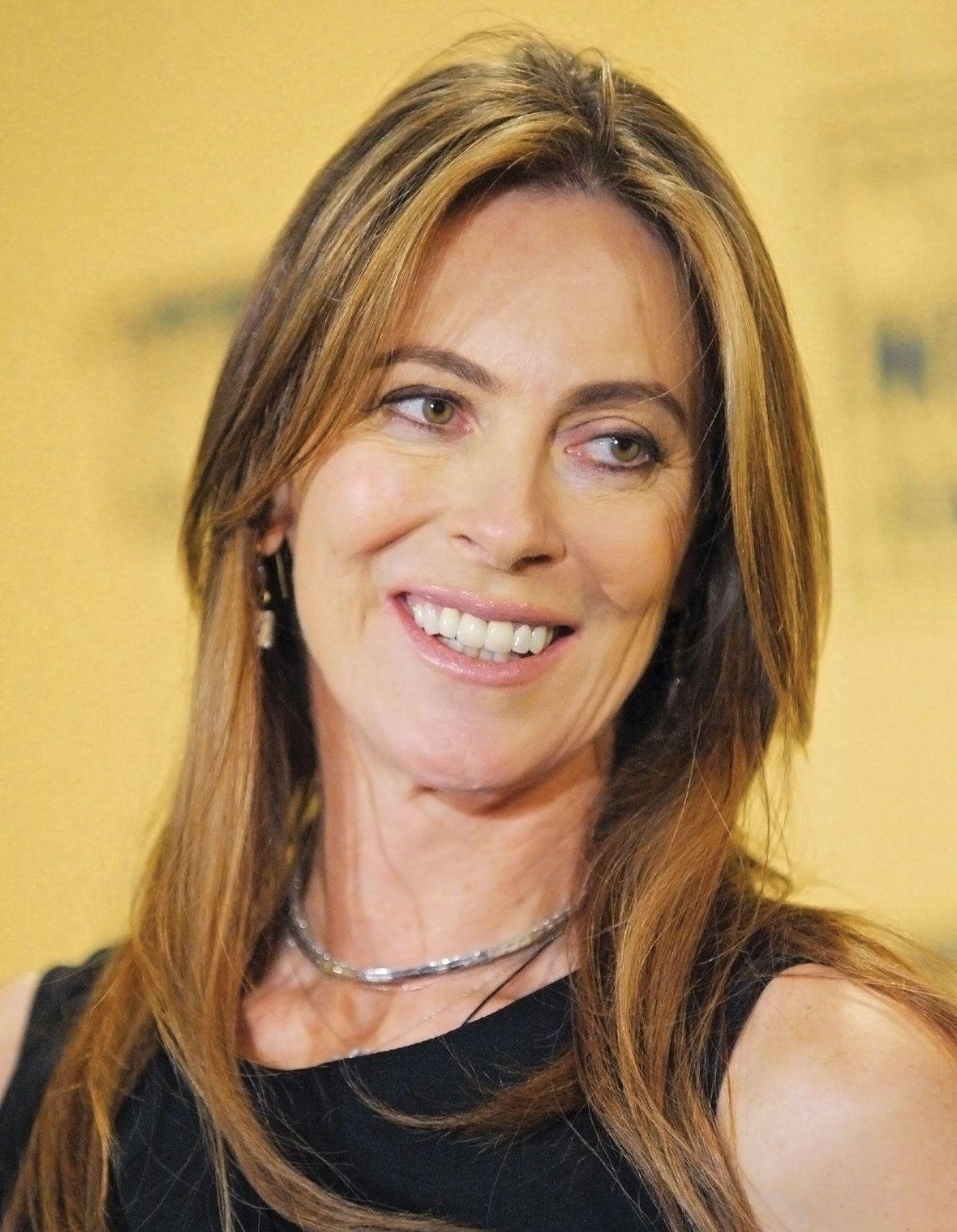
Recommendations for Navigating Controversial Narratives in Film
When engaging with films that tackle complex and contentious topics, such as Kathryn Bigelow’s war narratives, it’s essential to approach them with a critical yet open mindset. Here are some recommendations to enhance your viewing experience:
- Contextual Understanding: Familiarize yourself with the historical and political backdrop of the film’s setting. This will help you grasp the nuances and potential biases presented.
- Diverse Perspectives: Explore critiques and analyses from various sources. Understanding different viewpoints can provide a more rounded perspective on the film’s impact and intention.
- Character Motivation: Pay close attention to character development and motivations. This can offer insights into the filmmaker’s portrayal of controversial actions and decisions.
- Filmmaker’s Intent: Consider the director’s previous works and public statements to better understand their approach and objectives in tackling sensitive subjects.
By adopting these strategies, viewers can navigate the complexities of controversial narratives with a balanced perspective, appreciating the art form while remaining aware of its broader implications.

